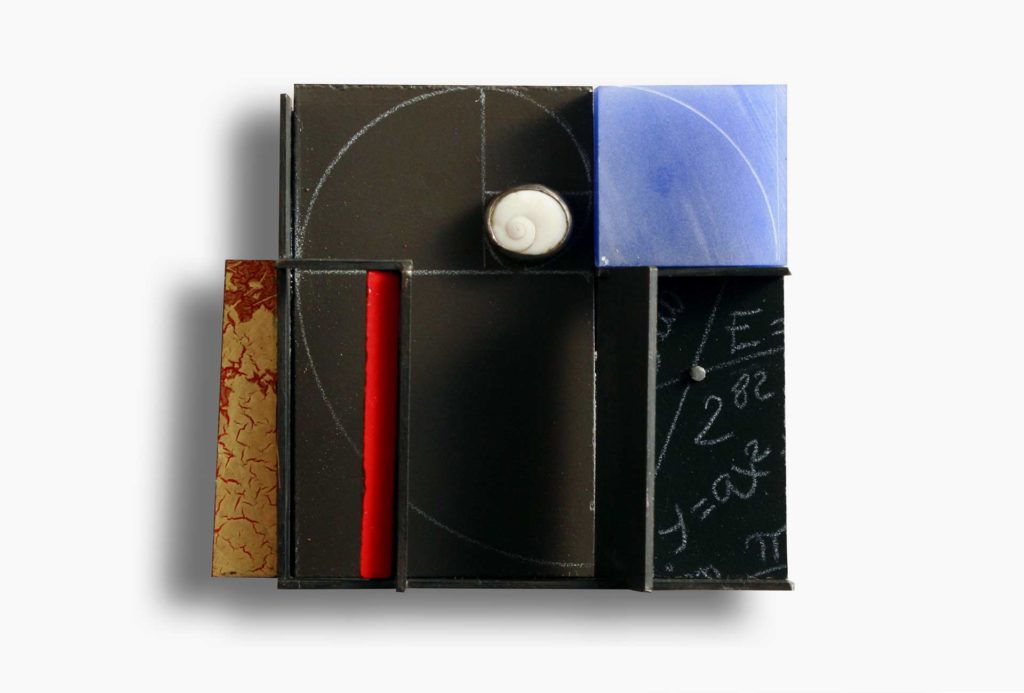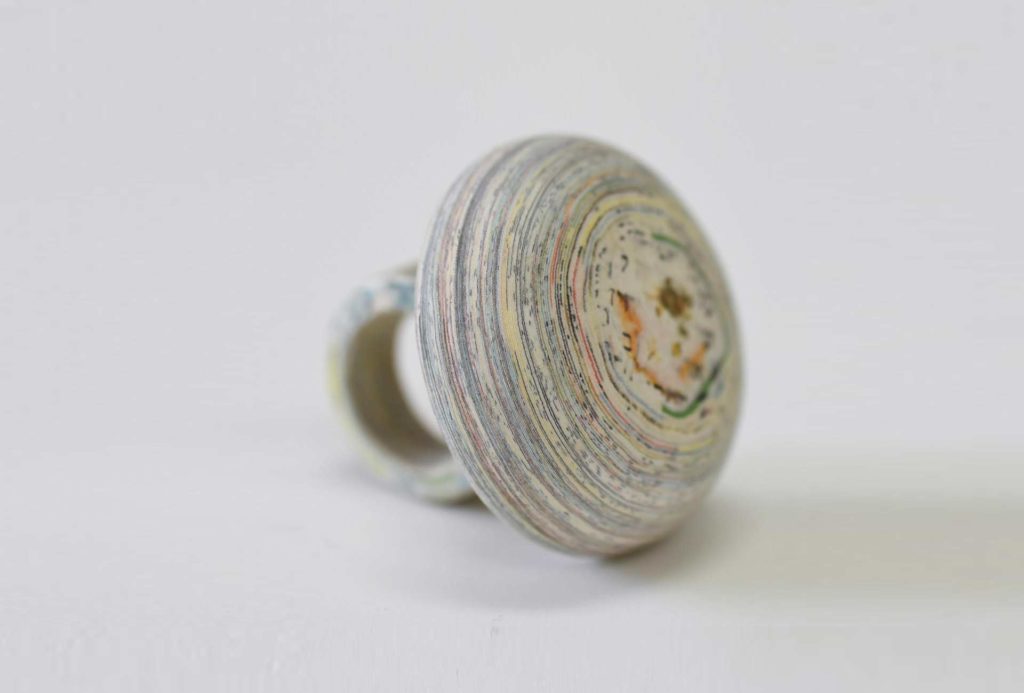Agde is situated near Montpellier in the Languedoc-Roussillon region in the South of France. This coastal town in the estuary of the Hérault river was founded in 550 BC with the name Agathe Tyche, which means “good fortune”. The Canal du Midi with its unique, round locks traverses the northern part of the historic town. The canal has enjoyed protected status as a Unesco World Heritage site since 1996. Due to sedimentation, the Old Town is now located four kilometres inland. The town has been reconnected to Mediterranean Sea by the development of the Cap d’Agde, a popular tourist resort with a marina and man-made lagoon. The Cap d´Agde naturist resort is one of the largest in Europe.

In d’Agde, southern France, sponsored artists’ workshops and a gallery enliven the city center. © Nadia Jaafar.
Agde, which now has nearly 30,000 inhabitants, has a distinguished history. Founded by Greeks from Massalia (now Marseille), it was then taken over by the Romans in 49 BC. A bishopric was established in Agde in the 5th century AD, and its first bishop was martyred. The Visigoths conquered the town in 475, followed by the Alamanni in around the year 500. The Saracens took their turn in 725, and Karl Martell laid waste to the town in 737. The construction of the still much admired Saint-Etienne Cathedral began in 872 and was completed in 1453. Agde’s many buildings that are worth a visit include the Mont-Saint-Loup lighthouse, the Art Deco Chateau Laurens, and numerous historic sites of interest.

The gallery la Perle Noire in the historic center of d’Agde. © Vered Babaï.

Vered Babaï, installation Rêves de papier. Paper and ink. © Vered Babaï
The “Galerie la Perle Noire” at Place Molière 6 in the centre of Agde was founded by the “Communauté d’agglomération Hérault Méditerranée” in 2012. The aim was to draw art, artists and craftspeople back into the centre of Agde and so to reinvigorate the town, for like so many other town centres that have witnessed the exodus of businesses, so it was in Agde. Every year, the Galerie de la Perle Noir holds two exhibitions with paintings, sculptures and other works of art. It is the starting point for a tour of the Perle Noire studios, which house more than 30 artists. The Galerie and artists’ studios are managed by Catherine Mutelle from the Communauté d’agglomération. The artists either rent or purchase their studios from this organisation, and the rent is extremely low, at just 15 euros a month.

Ramon Puig Cuyas, brooch L’Ecriture de la physique. Enamel on steel, gold leaf, basalt, reconstituted coral.

Sigal Meshorer, Ring No words. Pressed paper and ink. © Iris Nesher.

Mari Ishikawa, brooch Rebirth, silver and silk.
50 artists from 13 countries are taking part in the current exhibition, which is entitled “Lettre aimée – Les écritures du monde” [Beloved Letter – The Scriptures of the World]. The exhibits reflect various genres, from sculptures to paintings to jewellery. The jewelery section was curated by Jean-Yves Lemignot. However, this exhibition does not focus solely on the traditional love letter, but also on the development of writing as a means of human communication. These are the words of Armel Ferroudj-Bégou, describing the exhibition:”It all begins deep in a cavern. Some cave paintings … then come the drawings, and finally, after tens of thousands of years, the long awaited letter. A free spirited character, boldface and bright eye. And so Calligraphy was born.” From now on, people are going to write everywhere and about everything. Not just out of necessity, but for love. “And should the letter fall in love with his adored companion, a jewel. Revelation, declaration.” And so the idea was for 20 jewellery makers from around the globe to join forces with the artists from the South of France to celebrate this mysterious fellowship. “While paintings float in the space of the gallery, school desks hide precious gems. A mysterious encounter, from ink to gold …” Although the language may sound somewhat flowery to our ears, the exhibition and idea behind it arouse curiosity. And undoubtedly many a depleted town centre in Europe would benefit greatly from a “Galerie la Perle Noire”.

Christian Jaccard, sculpture Amour, serigraph with 6 colors by Gérard Adde. © Nadia Jaafar.
- —
-
Lettre aimée – Les ecriture du monde
Galerie la Perle Noire
6, place Molière – 34300 Agde
France - Link